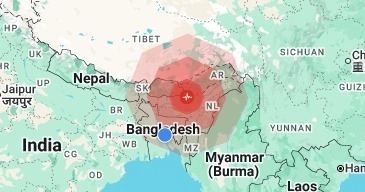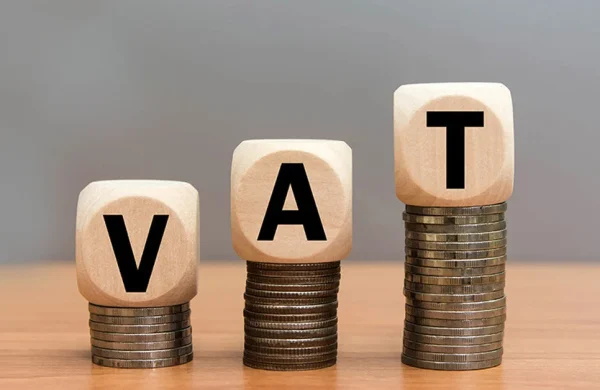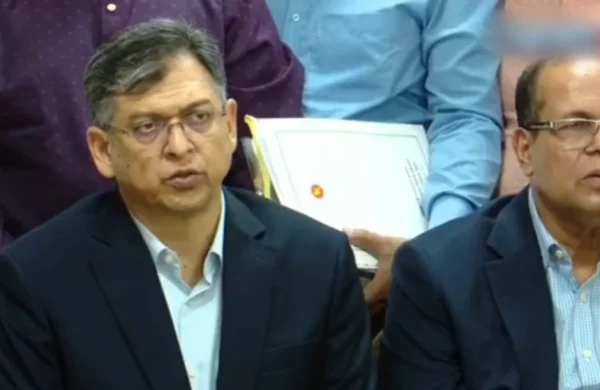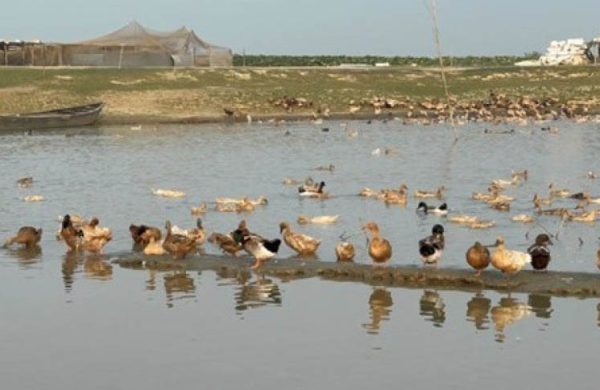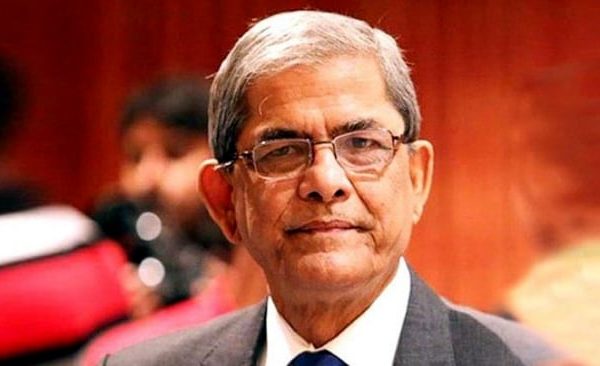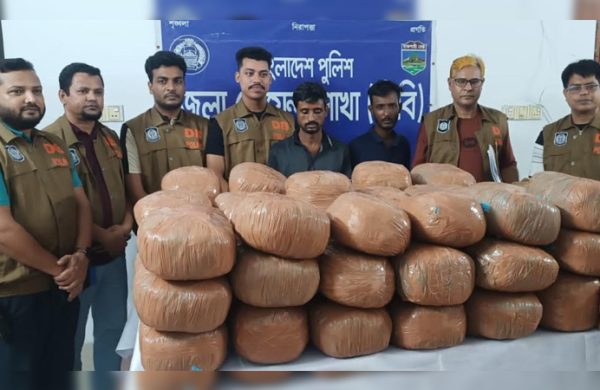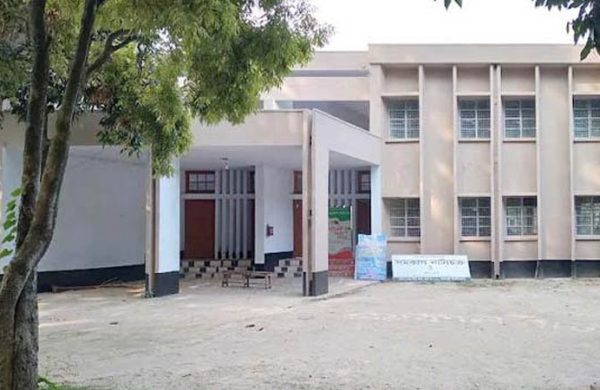Shrinking cropped area raises food security concerns
- Update Time : Sunday, September 14, 2025
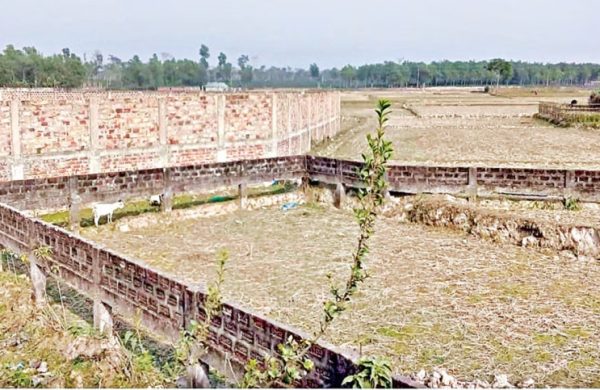
Staff Correspondent:
Bangladesh’s net cropped area, the total land sown with crops during a particular agricultural year, has been declining over the past few years, raising concerns among agricultural officials and experts about food security for the growing population.
The country lost one percent of its net cropped area, falling to 19.83 lakh acres in 2023 from 20.08 lakh acres in 2020, the largest decline in a decade, according to data from the Bangladesh Bureau of Statistics (BBS).
The gross cropped area, the total area of crops grown on the land during a census year, also declined during this period amid a steady reduction in farmland due to the construction of new homes, roads, other infrastructure, and industrial use.
“It is falling and there is no doubt about it,” said MA Sattar Mandal, former vice-chancellor of Bangladesh Agricultural University, Mymensingh.
“Rural and urban settlement is increasing in line with population growth. We see the building of facilities even in the middle of the cropland,” he added.
Mandal, a former professor of agricultural economics, warned that farmland will decline further due to industrialisation. “We will need land for industry and we cannot ignore that, given the economy and job creation.”
He, however, argued that the establishment of universities on large areas of land should not be encouraged in a land-scarce country like Bangladesh, citing the allocation of 100 acres for the establishment of Rabindra University.
The economist noted that private university campuses occupy much smaller areas.
In its Bangladesh Environmental Statistics 2024, published in June this year, the BBS reported that the country lost 2 percent of agricultural land to other purposes during the period.
“Bangladesh’s population will exceed 20 crore, and it will be impossible to ensure food for all if we cannot stop the conversion of agricultural land to non-farm uses,” Mandal said.
In its Rice Vision for Bangladesh: 2050 and Beyond, prepared earlier by the Bangladesh Rice Research Institute (BRRI), it was stated that the population will reach 21.54 crore in 2050, when 4.46 crore tonnes of clean rice will be required.
The paper said the country would be able to meet rice demand provided that the area under rice remains unchanged.
Farmers produced nearly 4 crore tonnes of rice in the fiscal year 2024-25.
“This is a matter of grave concern. The population is growing while the farmland needed to produce food is shrinking,” said Shahidur Rashid Bhuiyan, former vice-chancellor of Sher-e-Bangla Agricultural University.
“We are witnessing rice fields disappearing every day. Why cannot we demarcate certain areas in rural regions for high-rise buildings?” he questioned.
Stressing the necessity to improve productivity, especially in the Boro rice crop, Bhuiyan said, “We are behind India, Pakistan, and Sri Lanka in terms of yield.”
“It will not be possible for us to produce all the foods we need. Given this, we should think about how we will design our agriculture to ensure the production of high-nutrition food,” he added.
Agriculture Secretary Mohammad Emdad Ullah Mian said the interim government is preparing a policy to protect agricultural land from other uses in its efforts to ensure food security for the growing population.
“We have prepared the draft and have made good progress.”
He said the agriculture ministry will prepare a crop zoning map in line with the farmland protection policy.
“We need to prepare an integrated work plan for the whole country. Otherwise, it will be impossible to protect agricultural land,” he said, adding that croplands are being used for public projects, as well as for establishing resorts and residential complexes.


